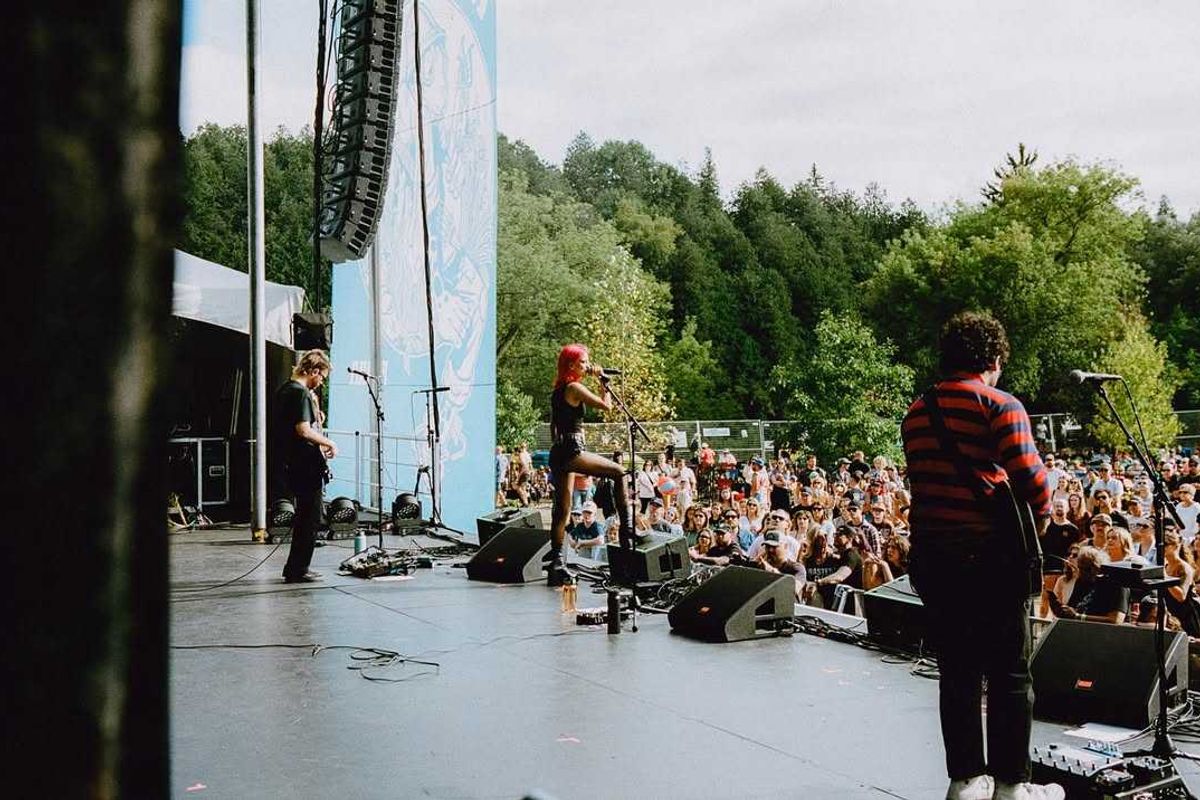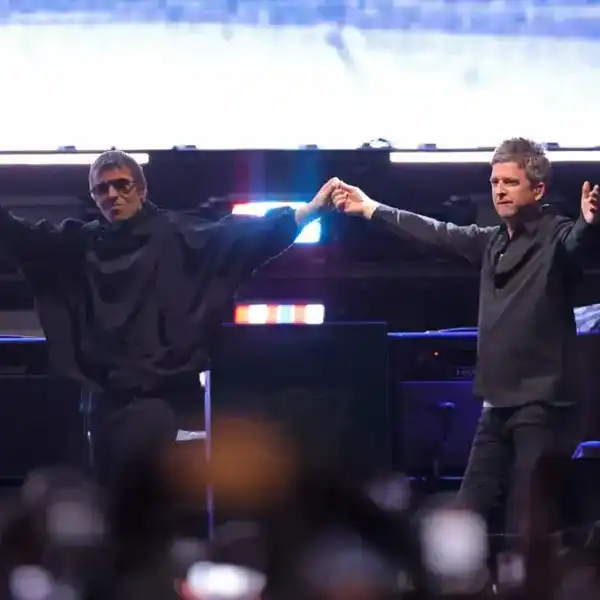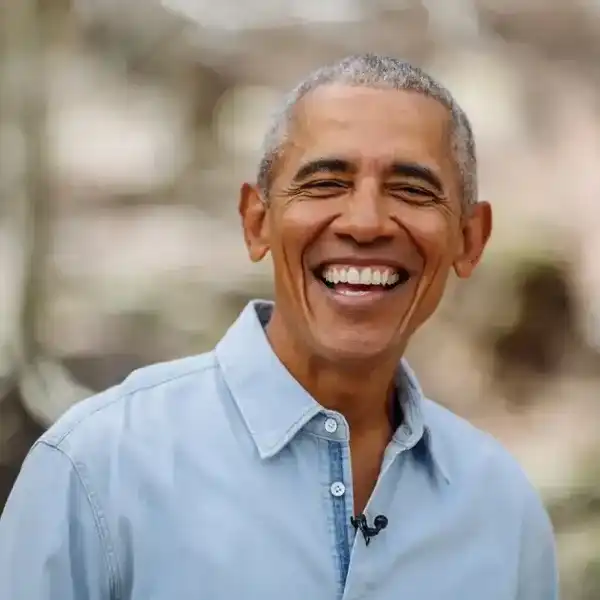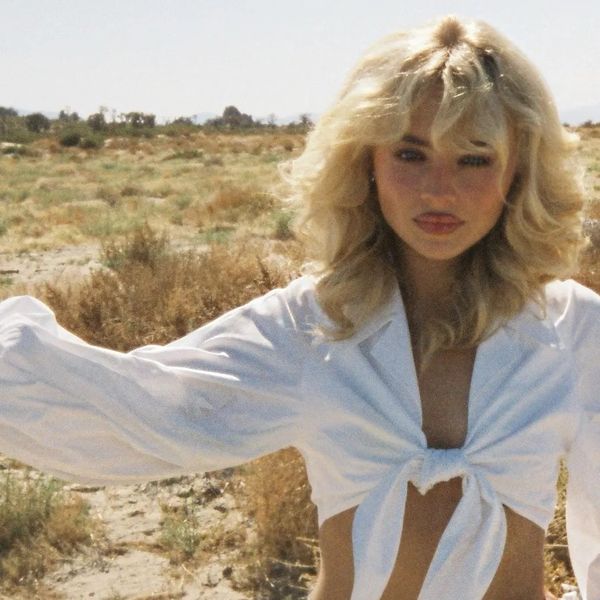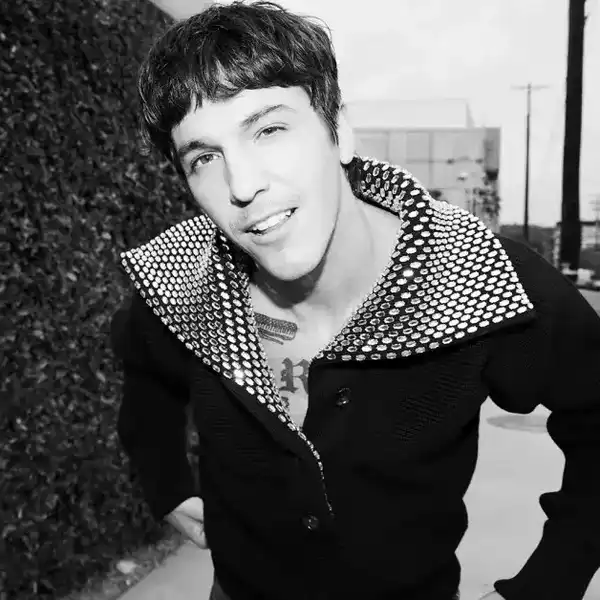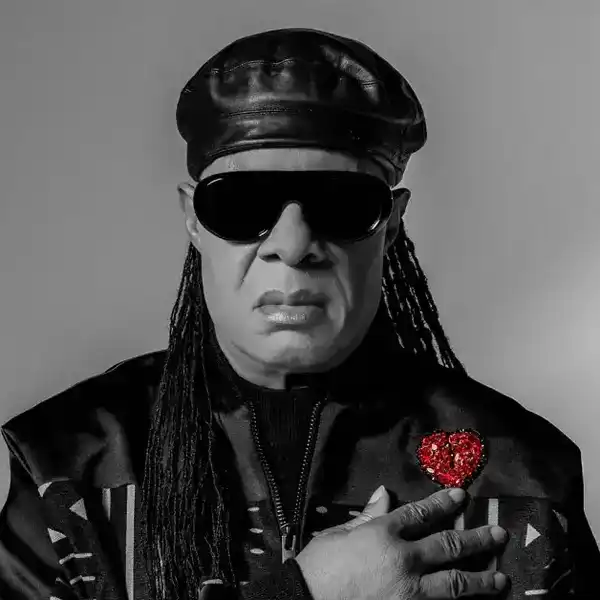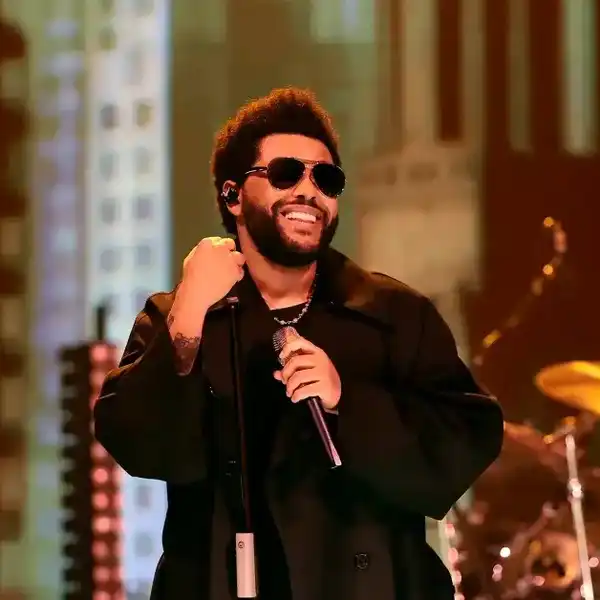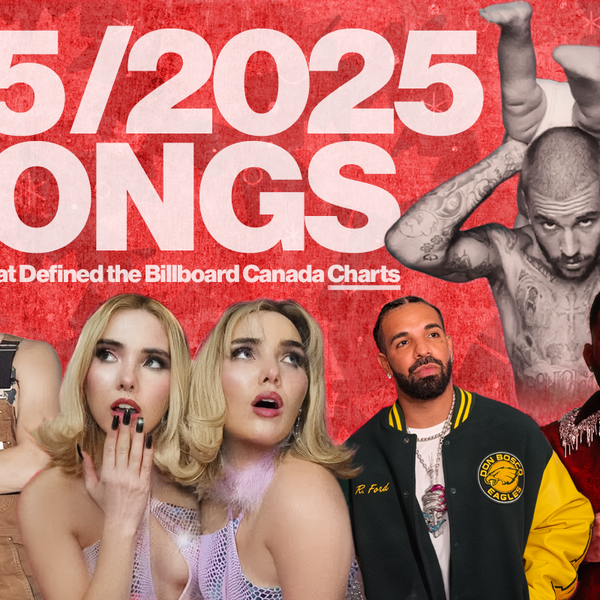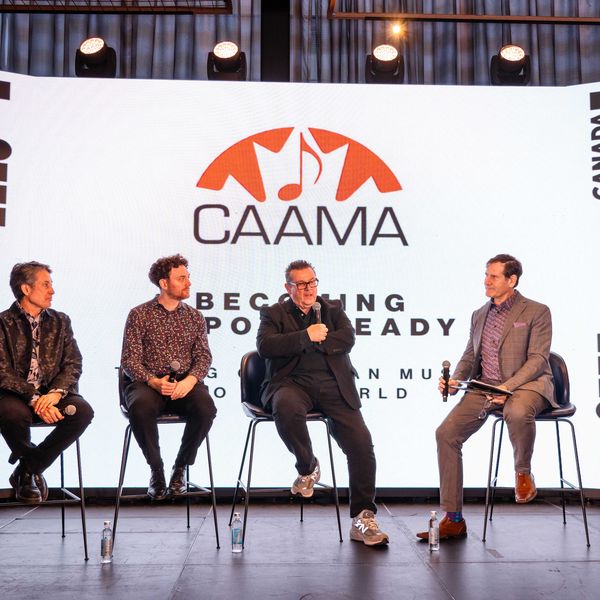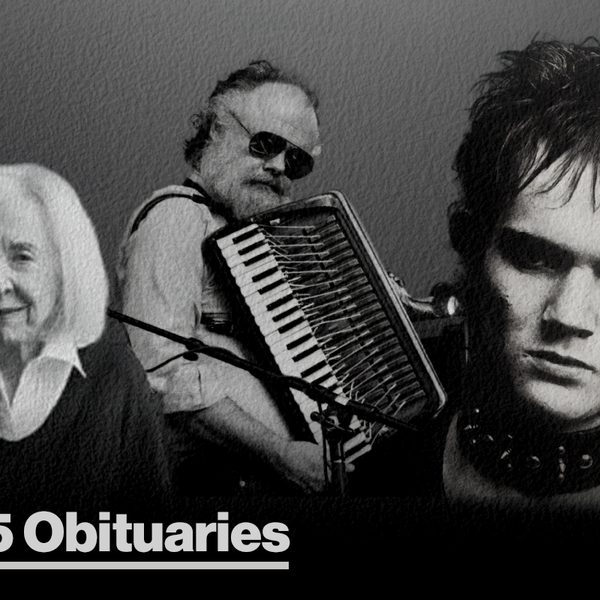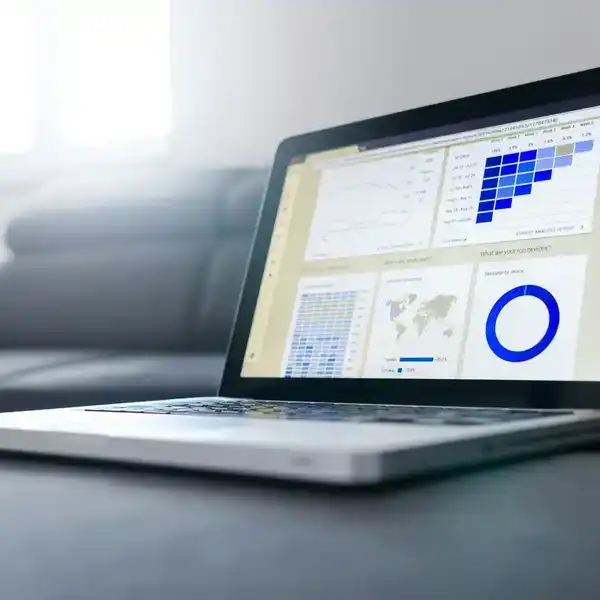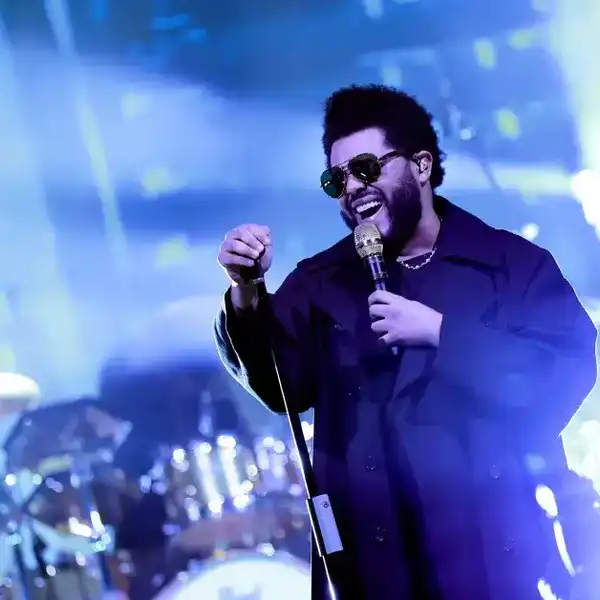Feel Out Loud Anthem Tops $30M Goal For KHP
Feel Out Loud, a collective of 50 Canadian artists who banded together

By FYI Staff
Feel Out Loud, a collective of 50 Canadian artists who banded together to record the anthem What I Wouldn’t Do (North Star Calling) in support of the Kids Help Phone outreach program, has fulfilled its goal of raising $30 million in what is described as the largest youth mental health movement in Canadian history.
Launched on March 2, the song weaves together elements from Serena Ryder’s What I Wouldn’t Do with Leela Gilday’s bridge from North Star Calling under the guidance of producer Bob Ezrin who, notably, also takes credit for having successfully worked with massed voices on another aid anthem, the 2010 adaptation of K’naan’s Wavin’ Flag that was recorded by Young Artists for Haiti. Both of these fundraising anthems have gone on to become No. 1 hits in Canada.
The Feel Out Loud project was executive produced by Randy Lennox (Loft Entertainment) and Carrie Mudd (Peacock Alley Entertainment) with Loft Entertainment artist manager Hayley Lennox who answered a few questions about the project for us that included how in heck’s name this fundraising anthem managed to raise $30-million in just over one month.
Q: What is your role and title in the project?
Our team at Loft Entertainment produced the song and video for the campaign, and I was (also) heavily involved in bringing the 50+ Canadian artists together who lent their voices to the anthem.
Q: Generally speaking, how has the reaction been from the media and the public?
The reaction from the media and public has been incredibly positive. The YouTube video has over 1.2M views and the song has over 1M streams in just 4 weeks, plus it charted Top 10 on Mainstream AC radio within 2 weeks.
When Kids Help Phone (KHP) had originally reached out to us, we were floored when we heard that they were receiving 18,000 calls a day from youth in crisis. Since the launch of this anthem, KHP has received an initial 51% increase in calls, with the extra counselling helping young people across the country.
The funding has given KHP the support to handle this volume increase, as well as decreasing the amount of time kids are put on hold when they call in. There is still work to be done however we are all extremely proud of this progress.
Additionally, everyone that sees the video feels incredibly inspired by the message, and the sense of community here has been very impactful.
Q: How the heck did this project manage to raise $30 million in four weeks, and where did the money come from?
We had baseline contributions from Bell and BMO as well as individual contributions throughout the campaign, which built the initial foundation for fundraising. We are very grateful for everyone's support as we achieve our year-long goal of reaching $30 million in order to expand the KHP services to reach more Canadian youth and decrease wait times on the phone.
Q: Well, congratulations to all involved. Is there anything else pertinent you wish to say?
It has also been very moving to see the artists involved opening up about their own stories and struggles with mental health. I truly believe we are changing the narrative around mental health for the better. It just goes to show that music is a very powerful force and it influences people in really positive and compelling ways, especially when artists use their platforms to speak about something as important as mental health. Kids Help Phone has emphasized that this song and campaign are truly saving lives.

